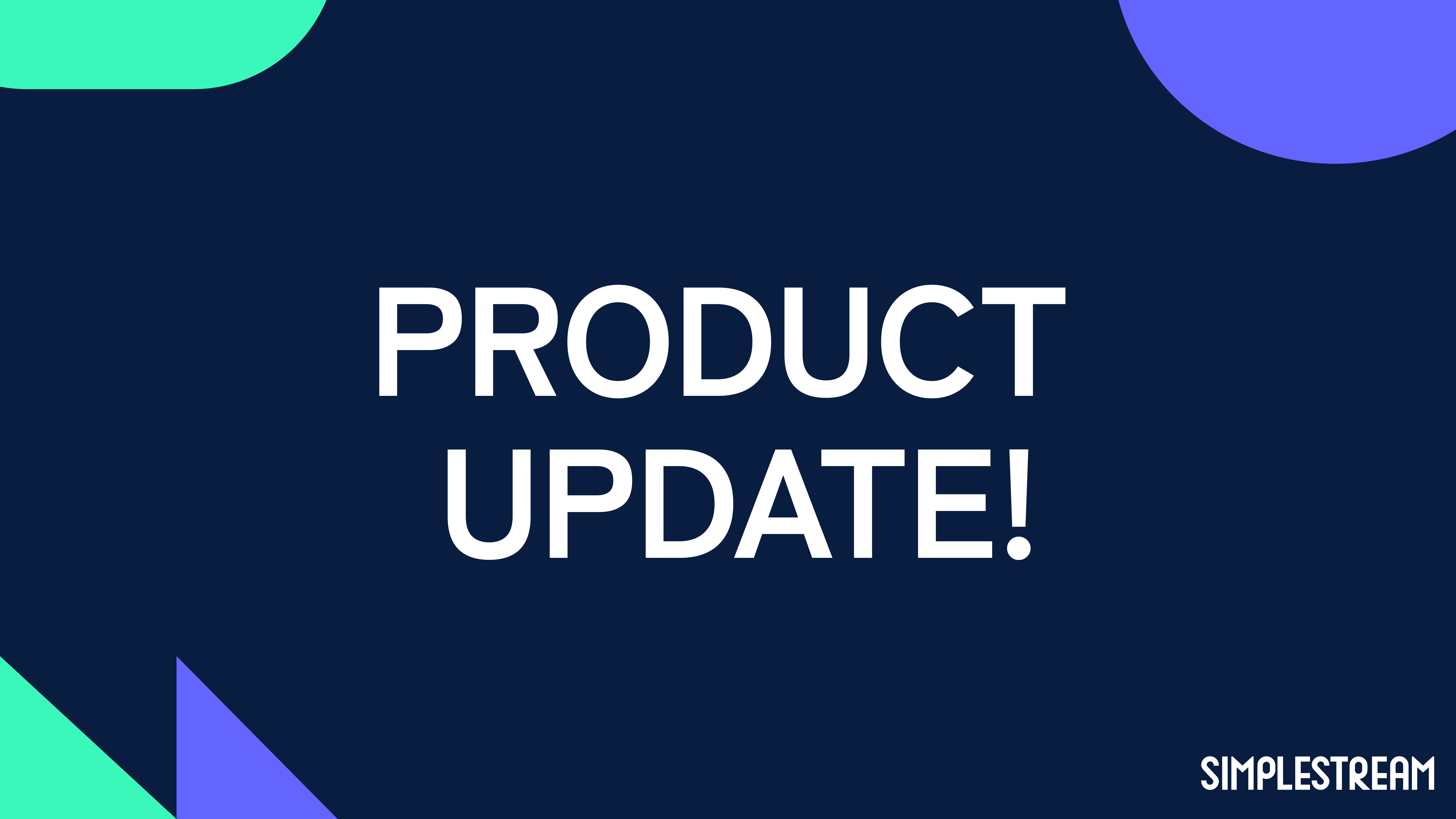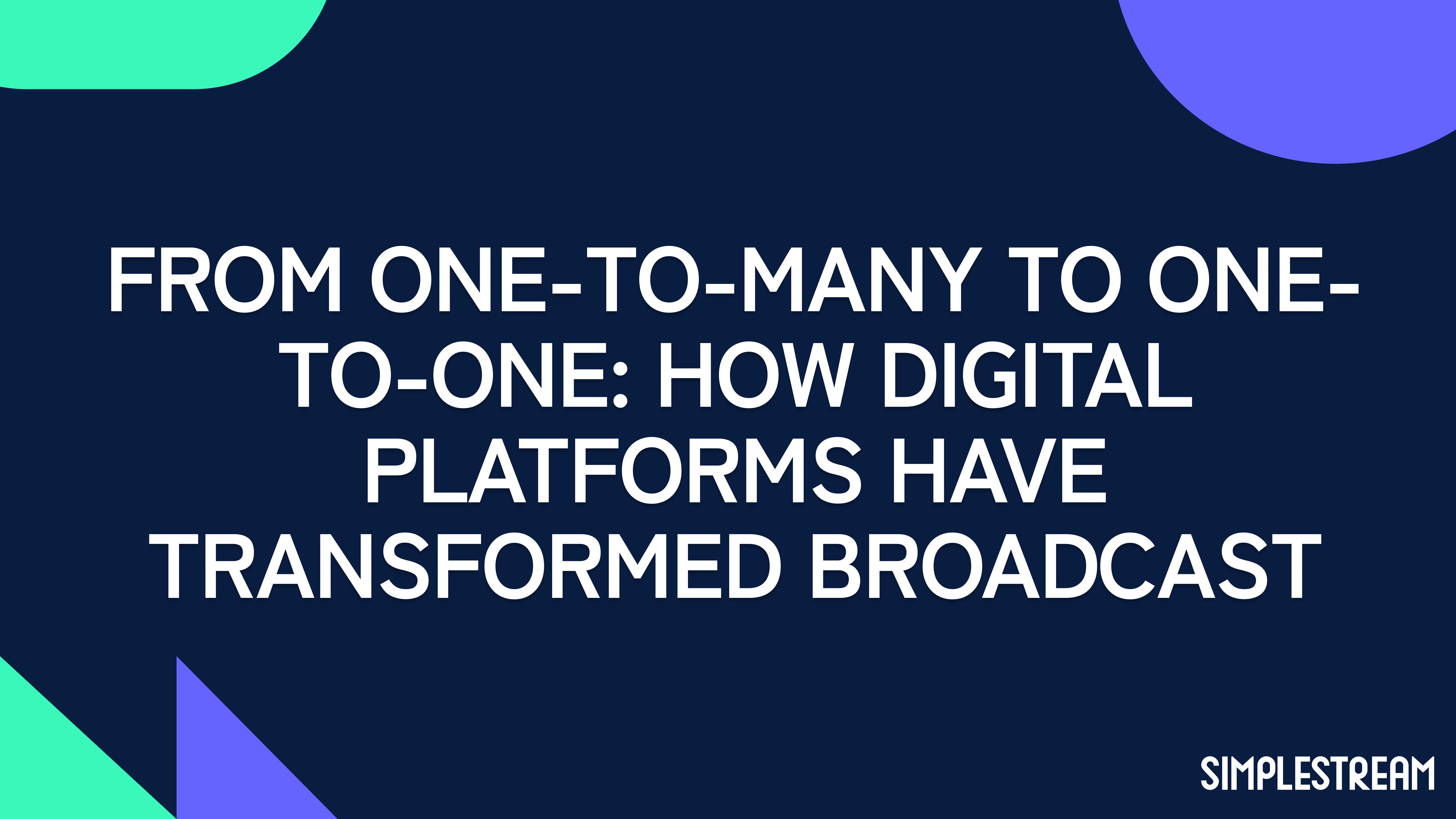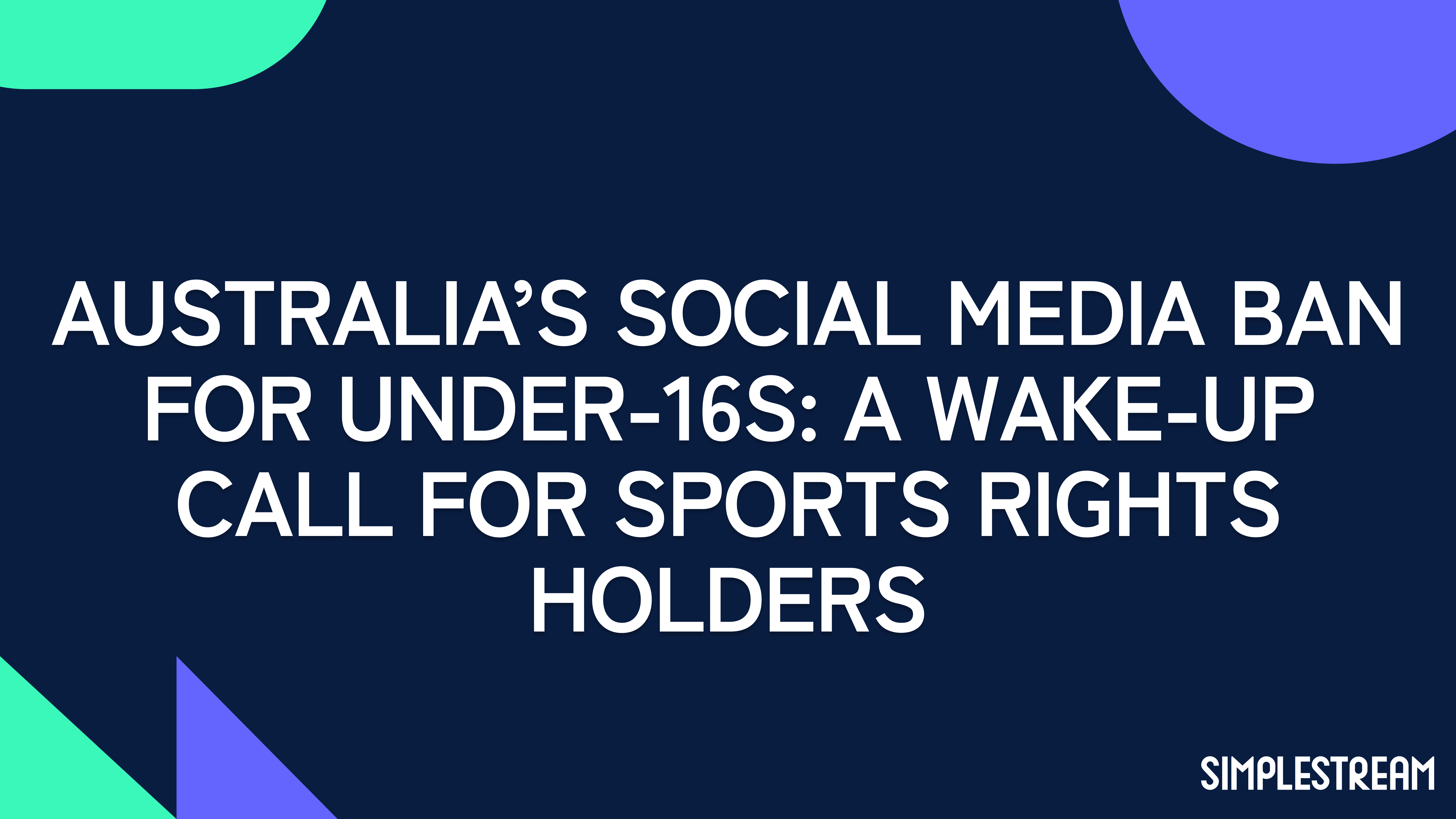Building a Connected TV app? Here are the common challenges (plus how to fix them)
There is no better way to grasp the nuances of developing CTV applications, along with its pitfalls and remedies, than by turning to an experienced Senior Hybrid Connected TV Developer.
In the digital age, the demand for CTV applications is skyrocketing, offering users seamless access to their favourite content. However, behind the scenes, developers encounter a myriad of challenges that the average consumer remains unaware of. In this article, we explain the common challenges that developers face when building CTV apps that are compatible with the likes of Samsung Tizen, LG webOS, Freeview, Freesat, Amazon Fire TV, YouView, VIDAA (and, possibly soon, Freely and Titan OS).
Common issues when developing CTV apps
In general, the diverse technical requirements and specifications across different platforms present a significant challenge in developing hybrid TV applications. The recent surge in the popularity of additional apps has significantly increased the complexity of developing polished applications. This is primarily attributed to the continuously evolving requirements of each platform.
Below are 3 of the most common issues that CTV developers are likely to run into...
💾 Different Memory Restrictions
The limitations of memory restrictions deserve their very own spot on this list. Unlike traditional computing environments where memory resources might be more abundant, CTV devices often have limited memory available. This constraint impacts how developers design and optimise their apps to ensure they run smoothly and efficiently on these platforms.
Because of these memory limitations, developers cannot simply employ a "copy and paste" approach when building CTV apps. They must carefully consider the memory footprint of their code, graphics, and other assets to ensure they stay within the available memory limits. This requires a more thoughtful and strategic approach to app development, often involving techniques such as memory profiling, resource management, and optimisation. Failure to effectively manage memory usage can result in various issues, including sluggish performance, crashes, or even failure to run altogether on certain devices.
💡CSS Implementation Variability
Dealing with CSS implementation variability on TV platforms is like trying to herd cats in a room full of disco balls — it's chaotic, dazzling, and occasionally makes you question your life choices. Picture this...you spend hours crafting the perfect layout for your CTV app, thinking you've got everything aligned just right. But then, when you switch between platforms, suddenly your beautiful design looks like it's been through a Nutri Ninja 2-in-1 Blender – it just looks messy.
So, as a developer, sometimes you're left scratching your head, wondering why one TV insists on putting your buttons in the wrong place while another decides that your font should be the size of a Tic-tac mint.
At the end of the day, what I’m trying to explain is that the varied interpretation of CSS across various devices can make a developer’s head spin. The only real way to overcome the issue of a varied CSS is patience and the willingness to stay in the loop of different CSS requirements across the CTV ecosystem. Remember, test everything... everywhere.

🖥️ Different Rendering Capabilities
From resolution disparities to codec support, the diverse rendering capabilities of devices add another layer of complexity. While testing an app with your QA team, you've observed that one TV that can display content at stunning 4K resolution with the clarity of a crystal ball, while the content playing on another TV looks like it was filmed on an unwashed potato.
And let's not even get started on codec support. It's as if each device speaks its own secret language, leaving you feeling like a translator at a United Nations summit for tech gadgets. One TV nods along politely to your H.264 codec, while another stares at you blankly until you break out the obscure codec dictionary.
Crafting a framework that can seamlessly adapt to these differences is like trying to build a universal translator for alien civilisations — it requires ingenuity, flexibility, and a touch of madness. Because in the ever-expanding galaxy of TV devices, ensuring a cohesive user experience means embracing the quirks and idiosyncrasies of every device.
How to overcome these challenges?
QA Testing
Test, test and test again. QA testing can help developers prevent headaches down the road by catching and fixing any issues before they affect users. It's like having a safety net that allows us to address (and hopefully fix) problems, before they become the reason you need to take another 30-minute coffee break.
Implement dynamic rendering frameworks
By prioritising flexibility in rendering frameworks, developers can seamlessly adapt to varying resolutions and codec support, ensuring a consistent user experience across different devices. Dynamic rendering frameworks empower developers to efficiently optimize content for diverse platforms, maximising accessibility and usability for all users. This approach not only enhances user satisfaction but also streamlines development efforts, reducing time and resources spent on device-specific optimisations.
Collaborate with cross-functional teams
Don't isolate yourself in the development process. Continual collaboration with design, development, and testing teams fosters problem-solving and ensures everyone is on the same page with project goals before the build is finalized. Why go through the hassle of revisiting a build when effective communication from the start could have saved time and effort? Working together ensures that everyone's input is considered and integrated from the outset, streamlining the development process and minimising the need for revisions later on.
Continuous learning and skill development
In the dynamic landscape of Connected TV app development, adaptability is essential. Continuously investing in learning and skill development empowers developers to keep pace with evolving technologies and industry best practices. By staying updated, developers can leverage the latest tools and techniques to create innovative and high-quality apps that meet the ever-changing needs of different platforms.
Dive into my 6-minute Bits and Bytes episode, where I speak about this topic:
Conclusions
Building Connected TV apps presents a myriad of challenges, demanding a blend patience, and adaptability. From navigating platform fragmentation to tweaking your build – based on various technical specifications – , it's a thrilling, yet daunting, journey. However, armed with understanding and a keen eye on ever-changing platform requirements, robust QA testing and more, developers can not only survive but thrive regardless of how many new Connected TV apps pop up.


